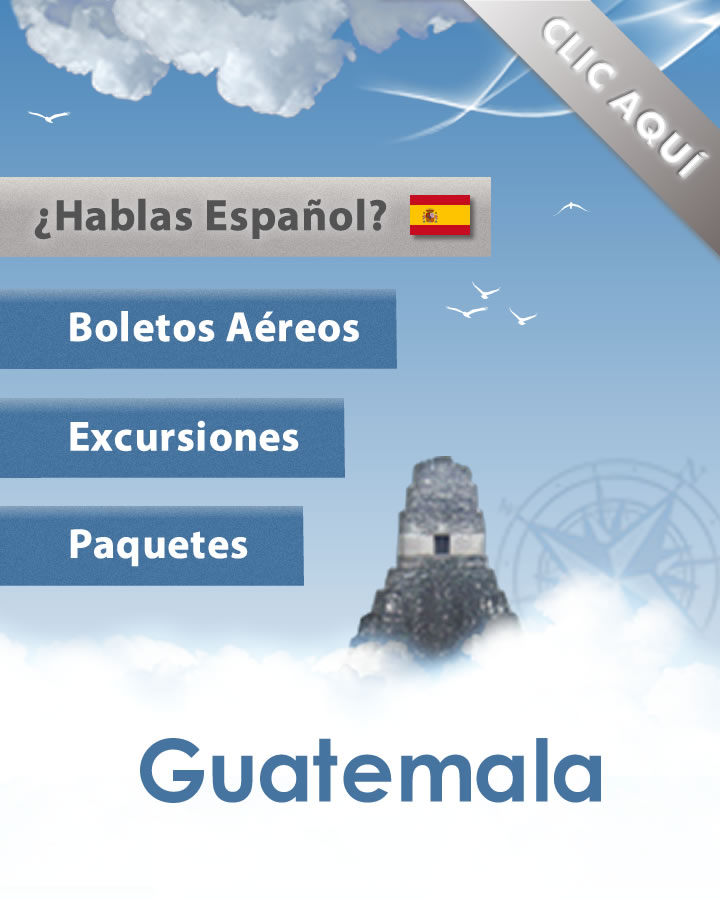Home > Departments > Totonicapan
Totonicapan
Totonicapán is one of the country’s high-altitude departments and certainly one of the coldest. Its villages and towns are characterized by their many beautiful religious and civil buildings. Handicrafts manufacturing hold an important place in the domestic economy of its people that are known to perform traditional ancient religious rituals.
Totonicapán used to be a Quiché bastion called Chuvimiq’ina. The legend has it that Tecún Umán departed from here to face the Spanish Conquistador Don Pedro de Alvarado. When the Spaniards settled on the area, their Mexican allies named it Totonicapán, which means the place over hot waters.
The state capital also called Totonicapán is located 30 kilometers (19 miles) from Quetzaltenango and 207 kilometers (130 miles) from Guatemala City. The local theater house displays a small but interesting collection of pre-hispanic, republican and ethnic art. In 1545 Francisco Marroquín, first Bishop for Guatemala placed the cornerstone for the main church. Unfortunately the church and its adjacent in central park convent destroyed by a fire in 1878. On the outskirts of the city lies the Tanque de los Dragones (Tank of the Dragons), which was used as a fountain and washing pool during the 19th century and is still being used by some inhabitants today.
There are many handicraft workshops that produce a wide range of artistic objects, among which you can find glazed and painted ceramic pieces, textiles made with “standing looms”, wax Christmas figurines, wooden boxes and toys, furniture, and leather and tin good. Craftsmen use ancient tools, which go back to the time of the Mayans and Spaniards.
The local parties and “morerías” are also worth mentioning. Traditional dances are a main part of the festivities of Totonicapán. Among the most important are La Conquista, Moors and Christians, Mexicans, The Deer and The Monkeys.
We recommend you to visit this village during its main celebration days honoring San Miguel Arcángel, from September 24th to the 30th and during Easter week, when the Passion of Christ is celebrated. The main market day is Saturday, full of color and very lively - it is an unforgettable experience.
Places to visit in Totonicapán:
San Cristobal Totonicapán
The town located 14 kilometers (9 miles) from Totonicapán. It is an important textile center (wool, silk, and cotton). You can also find handicraft workshops where masks, musical instruments, wooden toys, pottery and lead-glazed objects are made. The Tistoj furniture shop is a must. The Franciscan temple and convent are richly ornamented with valuable 17th and 18th century paintings. It was declared national monument by the government.
San Juan XeculSan Juan Xecul is located 18 kilometers (11 miles) from Totonicapán, at the base of Mount Chuicul. A beautiful 16th Century temple with a fabulous bright-yellow façade can be admired here showing saints and angels sitting next to corncobs and quetzal birds. The bright yellow is also the color of the local huipil worn by the women living here.
MomostenangoLocated 35 kilometers (22 miles) from Quetzaltenango and 33 kilometer (21 miles) from Totonicapán this village is famous for its wide variety and quality of blankets and Momostecan “ponchos”. The people here still use the ancient Mayan calendar of 260 days. Momostenango means “City of Altars”. Quiché priest pray upon the burners and altars that can be found both in the village and its surroundings. They predict the future using seeds, crystals, beans and corn. Nearby are the famous Momostenango cliffs, playful rock formations created by erosion. The main market day is Sunday.
San Francisco el AltoSan Francisco el Alto is located on top of a 2610 meters (8600 ft) high mountain, 18 kilometers (11 miles) from Totonicapán and 17 km from Quetzaltenango. It is virtually a dead town during most of the week, except for Fridays. That’s the market day and that’s when it comes to life. The largest market in the Guatemalan highlands is not a traditional handicraft market but a typical daily-life market, where you can find anything used by locals. Among the goods traded are animals, crops, seeds, food products, tools and thread, products that people from surrounding villages come to purchase.
It has a 16th century temple, that was severely damaged by the 1976 earthquake. It was later restored and declared a national monument. During restoration works, several colonial murals were uncovered beneath multiple layers of calcium-hydroxide plaster. Among the most interesting objects are the beautiful altarpieces and carvings.
Share with Friends:
Share on Facebook Share on Twitter Share on Google+
